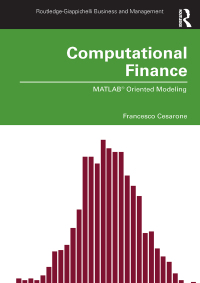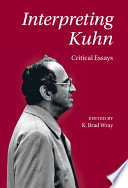Buy Computational Finance: MATLAB Oriented Modeling 1st Edition PDF ebook by author Francesco Cesarone – published by Routledge in 2021 and save up to 80% compared to the print version of this textbook. With PDF version of this textbook, not only save you money, you can also highlight, add text, underline add post-it notes, bookmarks to pages, instantly search for the major terms or chapter titles, etc.
You can search our site for other versions of the Computational Finance: MATLAB Oriented Modeling 1st Edition PDF ebook. You can also search for others PDF ebooks from publisher Routledge, as well as from your favorite authors. We have thousands of online textbooks and course materials (mostly in PDF) that you can download immediately after purchase.
Note: e-textBooks do not come with access codes, CDs/DVDs, workbooks, and other supplemental items.
eBook Details:
Full title: Computational Finance: MATLAB Oriented Modeling 1st Edition
Edition: 1st
Copyright year: 2021
Publisher: Routledge
Author: Francesco Cesarone
ISBN: 9780367492939
Format: PDF
Description of Computational Finance: MATLAB Oriented Modeling 1st Edition:
Computational finance is increasingly important in the financial industry, as a necessary instrument for applying theoretical models to real-world challenges. Indeed, many models used in practice involve complex mathematical problems, for which an exact or a closed-form solution is not available. Consequently, we need to rely on computational techniques and specific numerical algorithms. This book combines theoretical concepts with practical implementation. Furthermore, the numerical solution of models is exploited, both to enhance the understanding of some mathematical and statistical notions, and to acquire sound programming skills in MATLAB(R), which is useful for several other programming languages also. The material assumes the reader has a relatively limited knowledge of mathematics, probability, and statistics. Hence, the book contains a short description of the fundamental tools needed to address the two main fields of quantitative finance: portfolio selection and derivatives pricing. Both fields are developed here, with a particular emphasis on portfolio selection, where the author includes an overview of recent approaches. The book gradually takes the reader from a basic to medium level of expertise by using examples and exercises to simplify the understanding of complex models in finance, giving them the ability to place financial models in a computational setting. The book is ideal for courses focusing on quantitative finance, asset management, mathematical methods for economics and finance, investment banking, and corporate finance.





